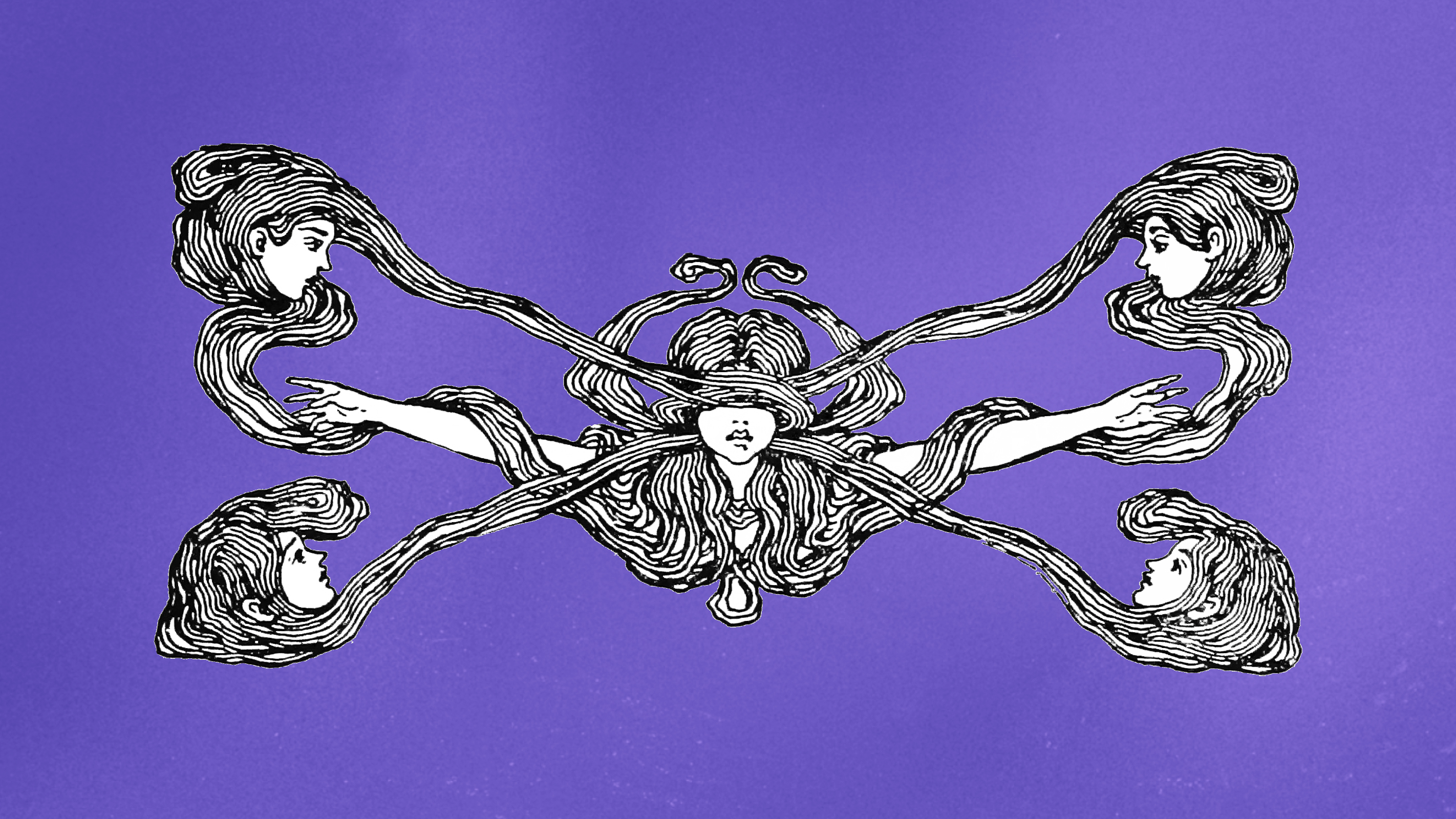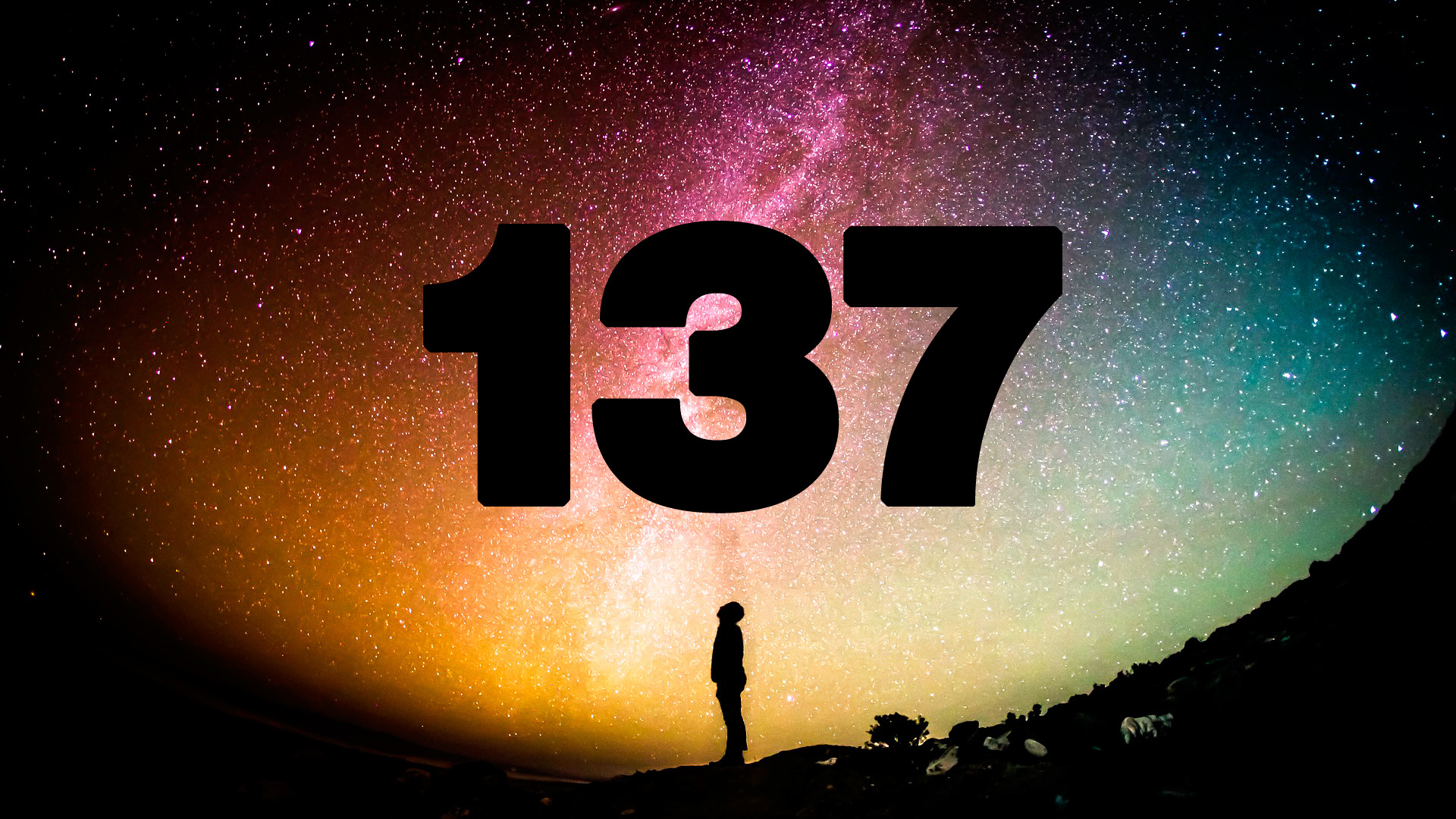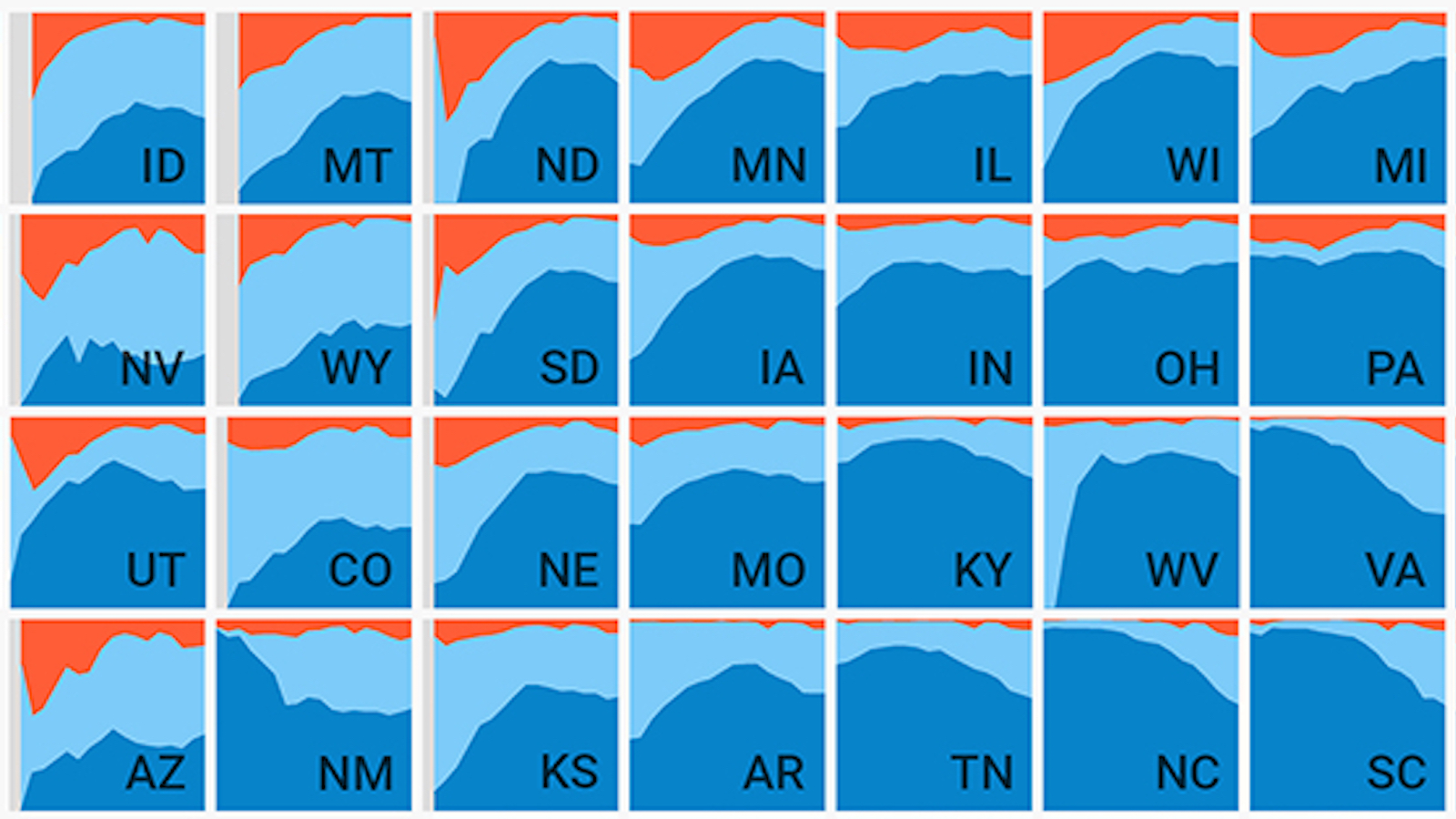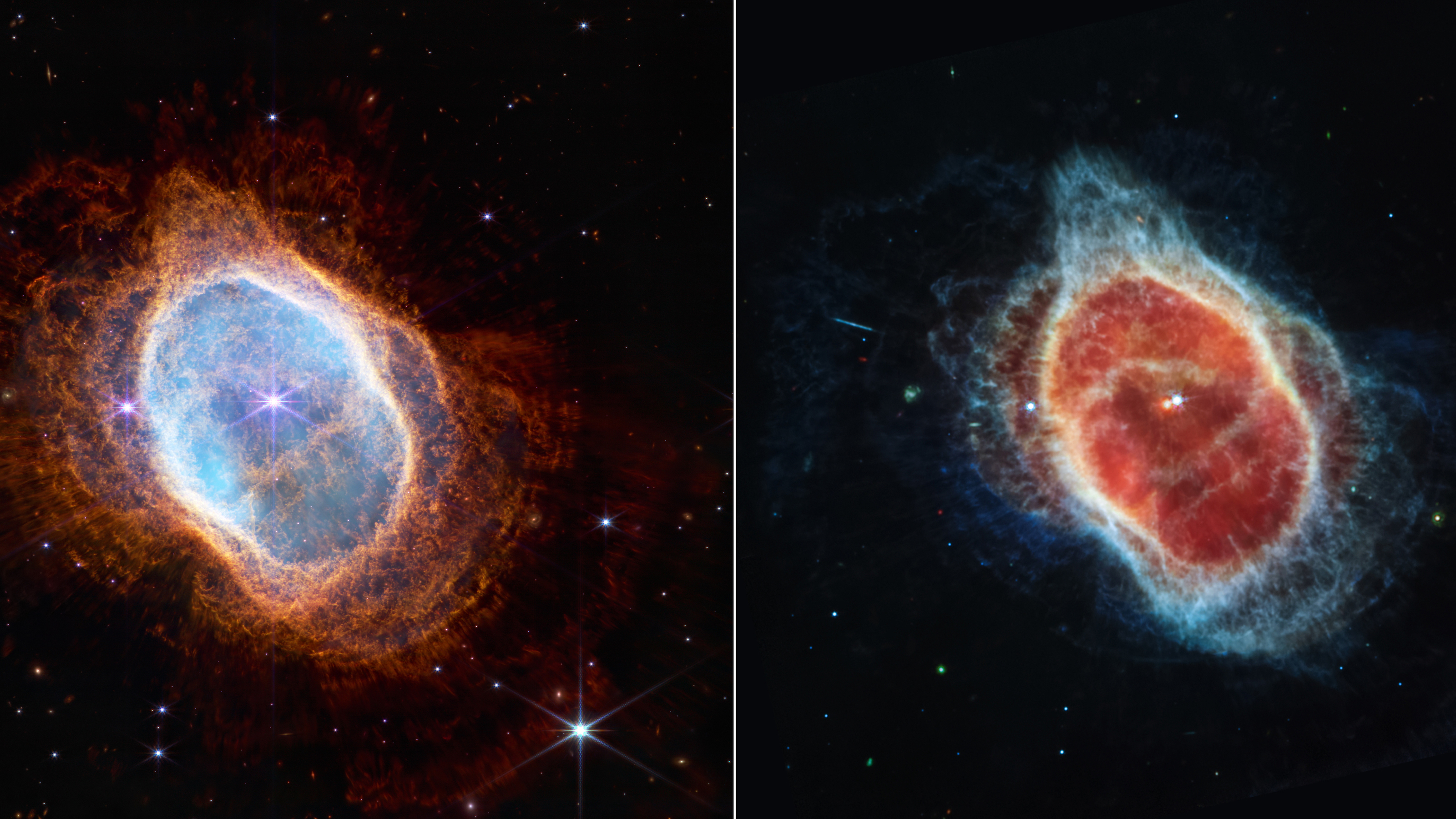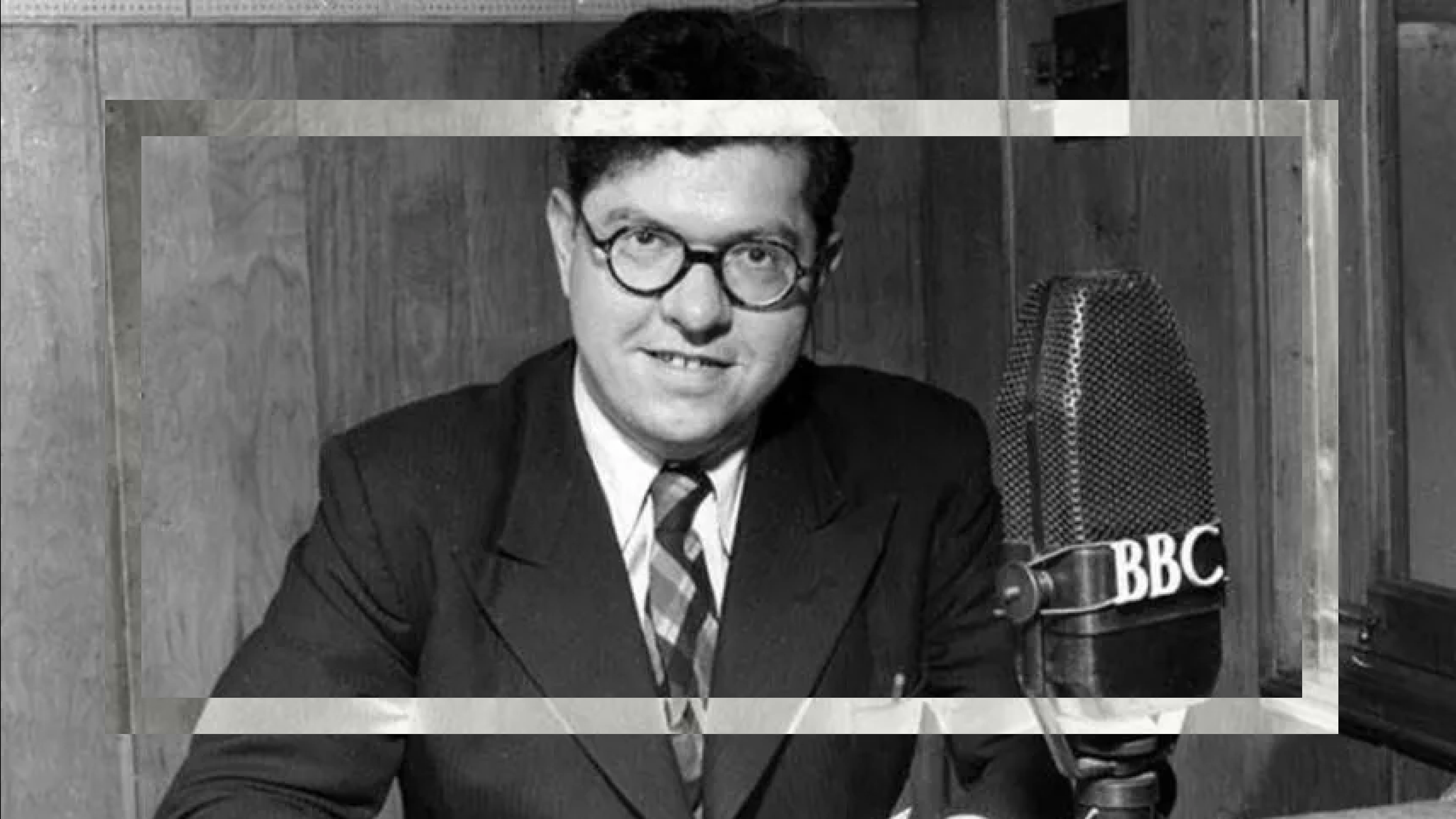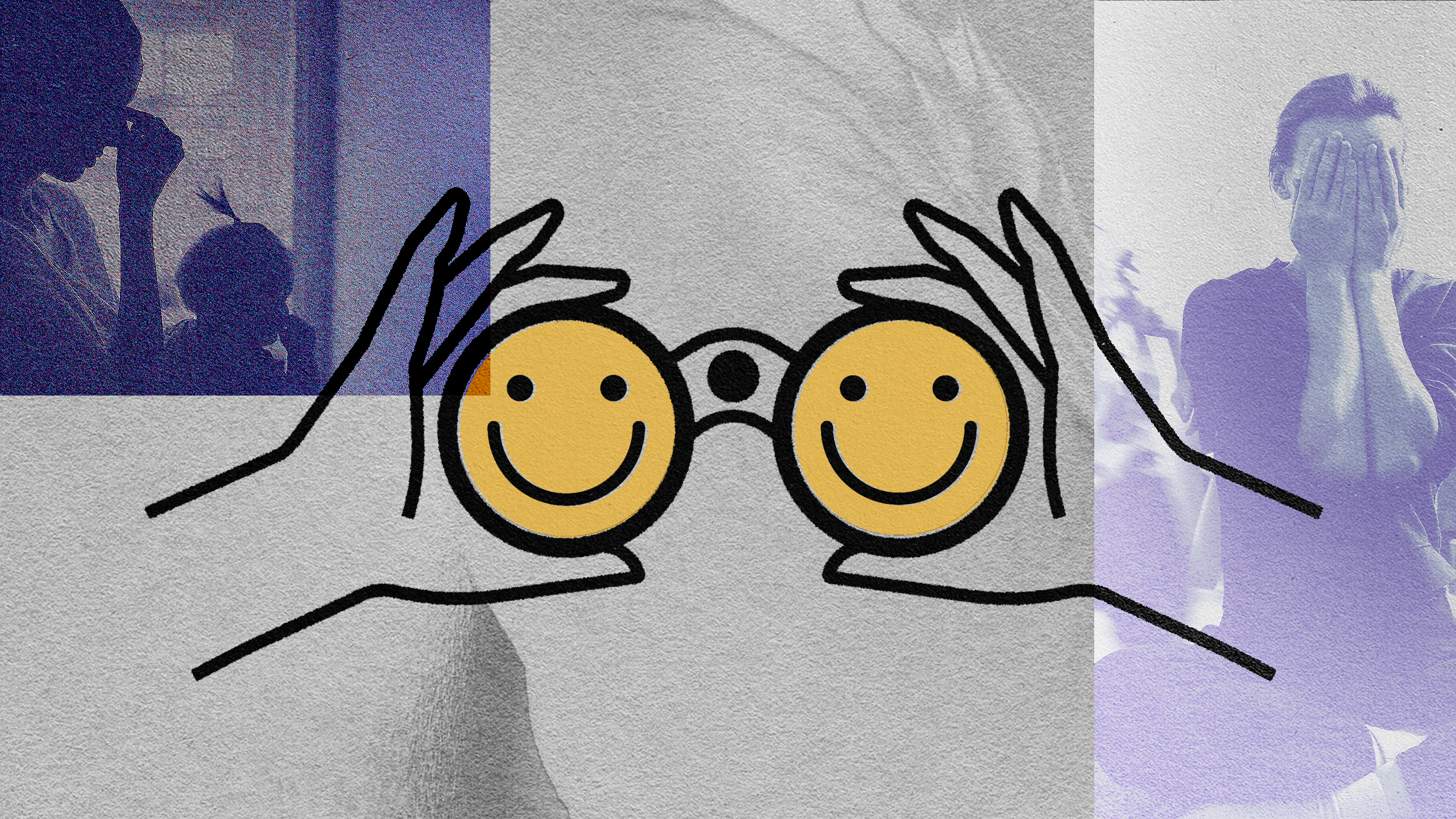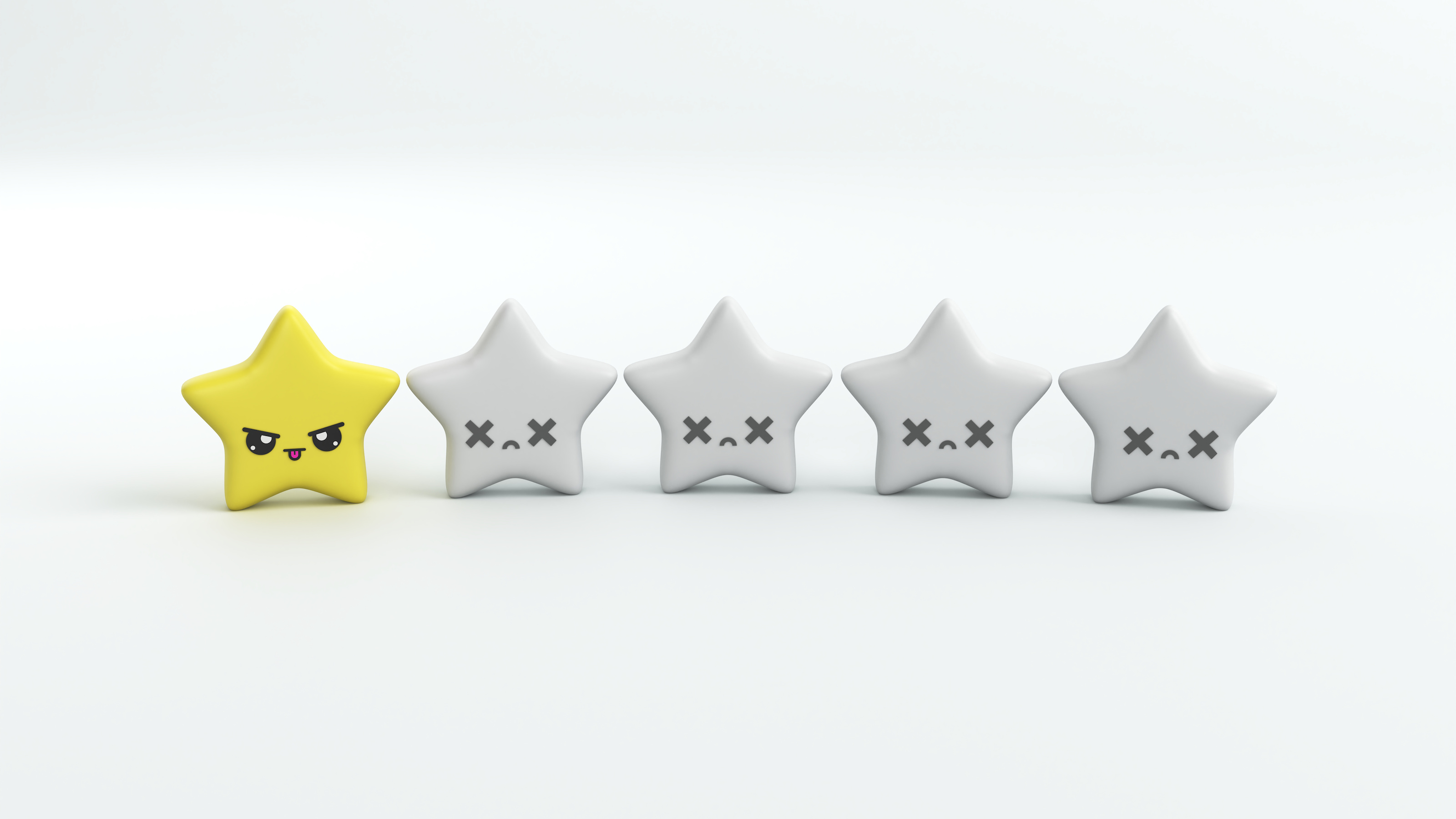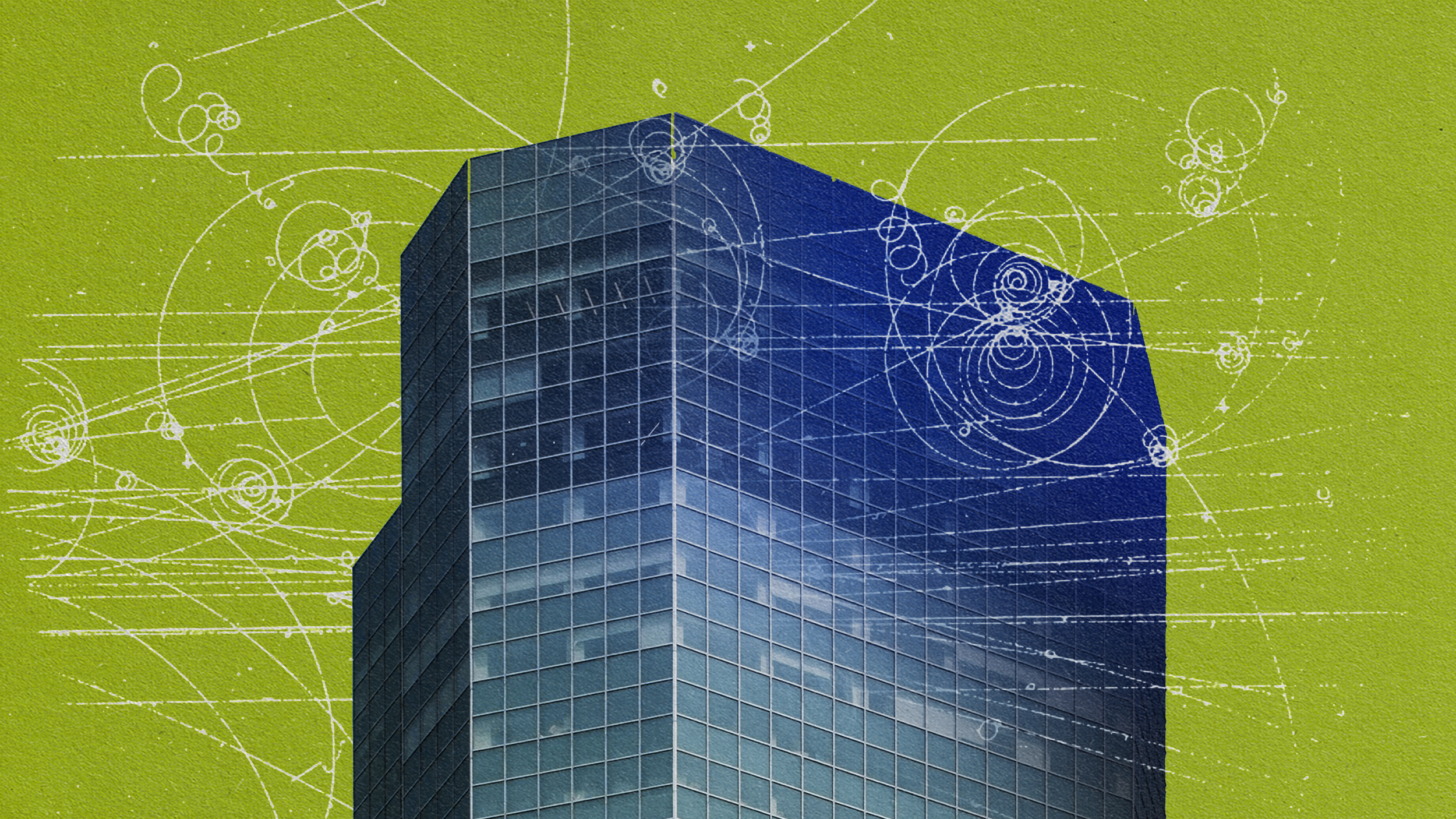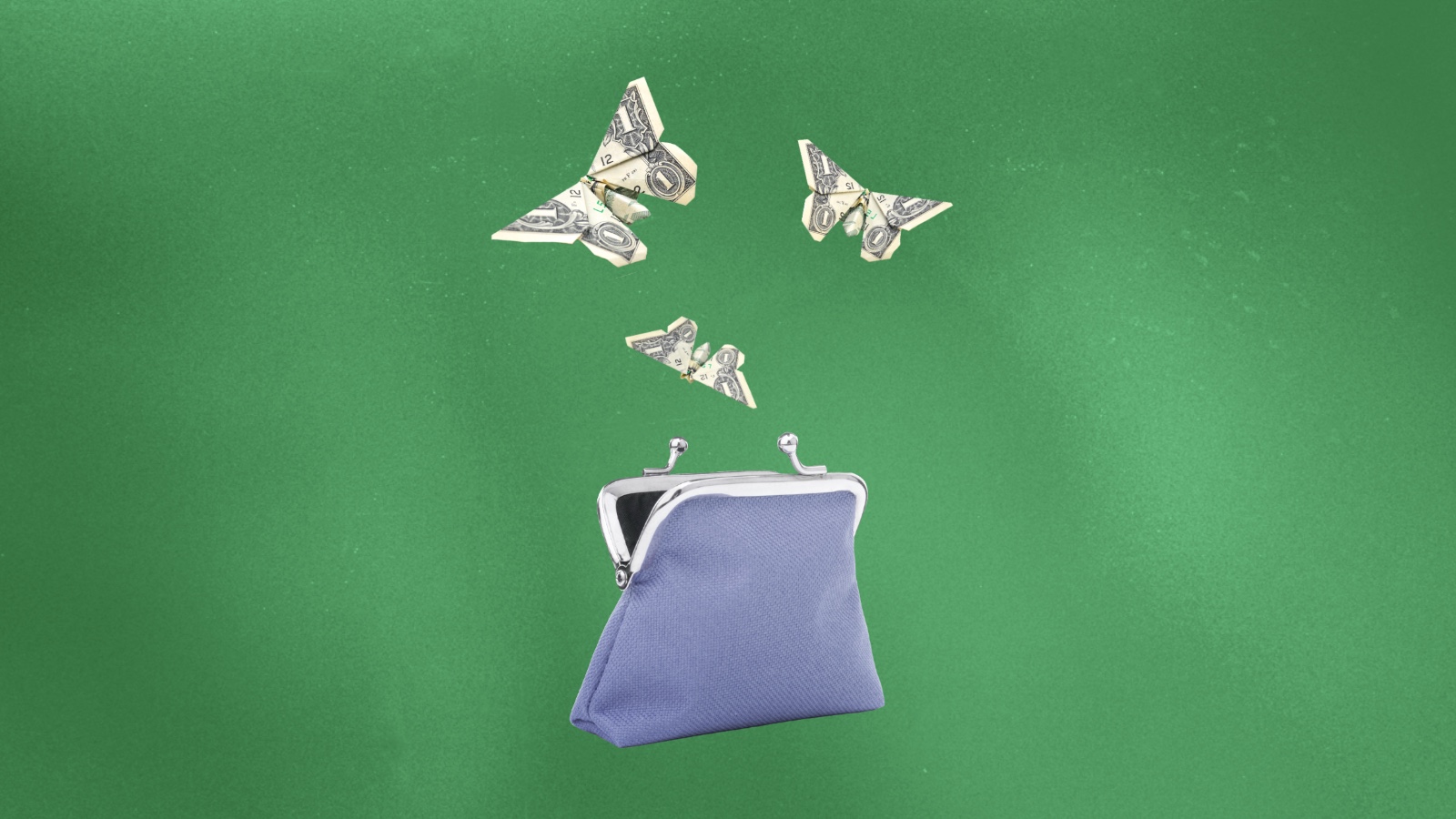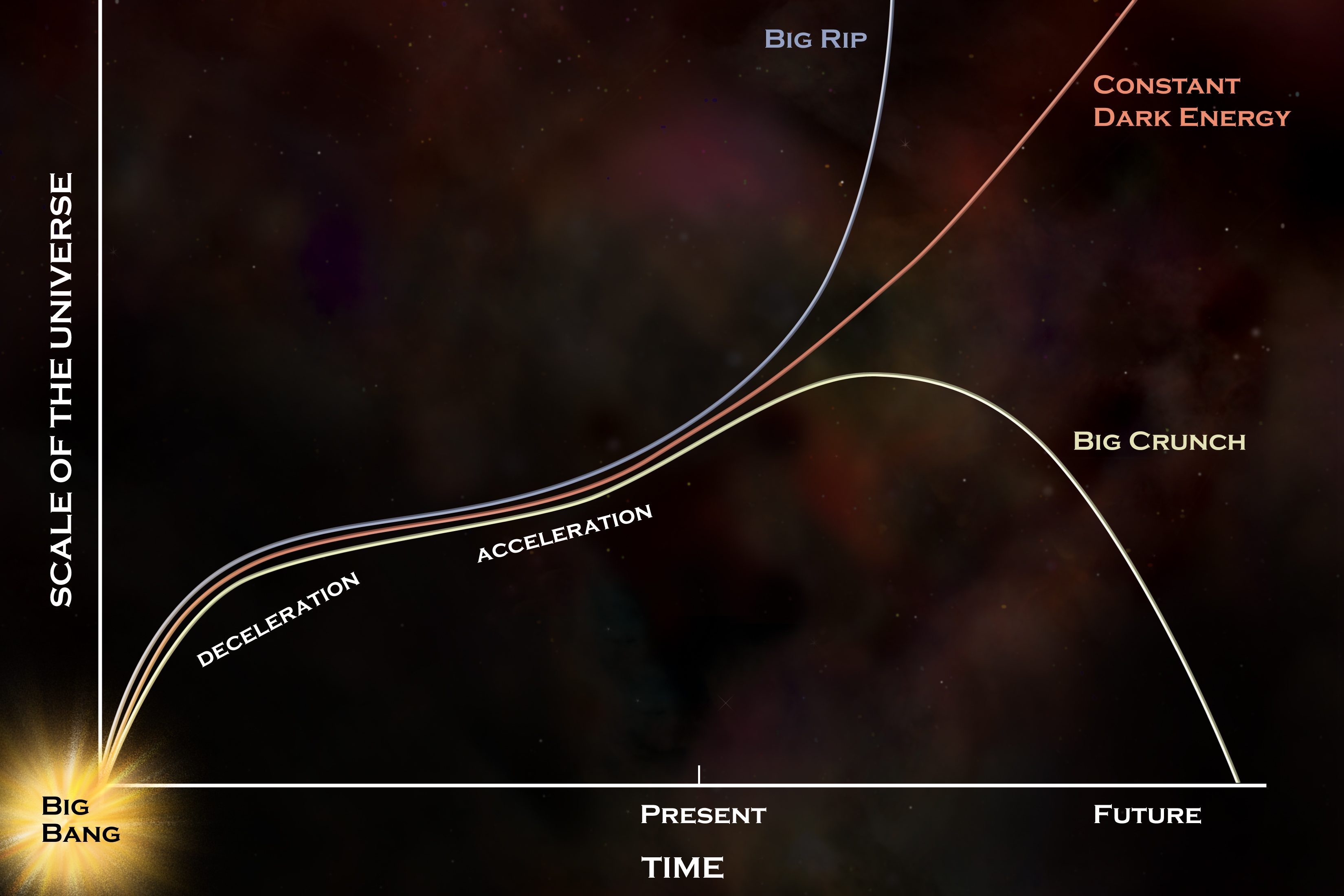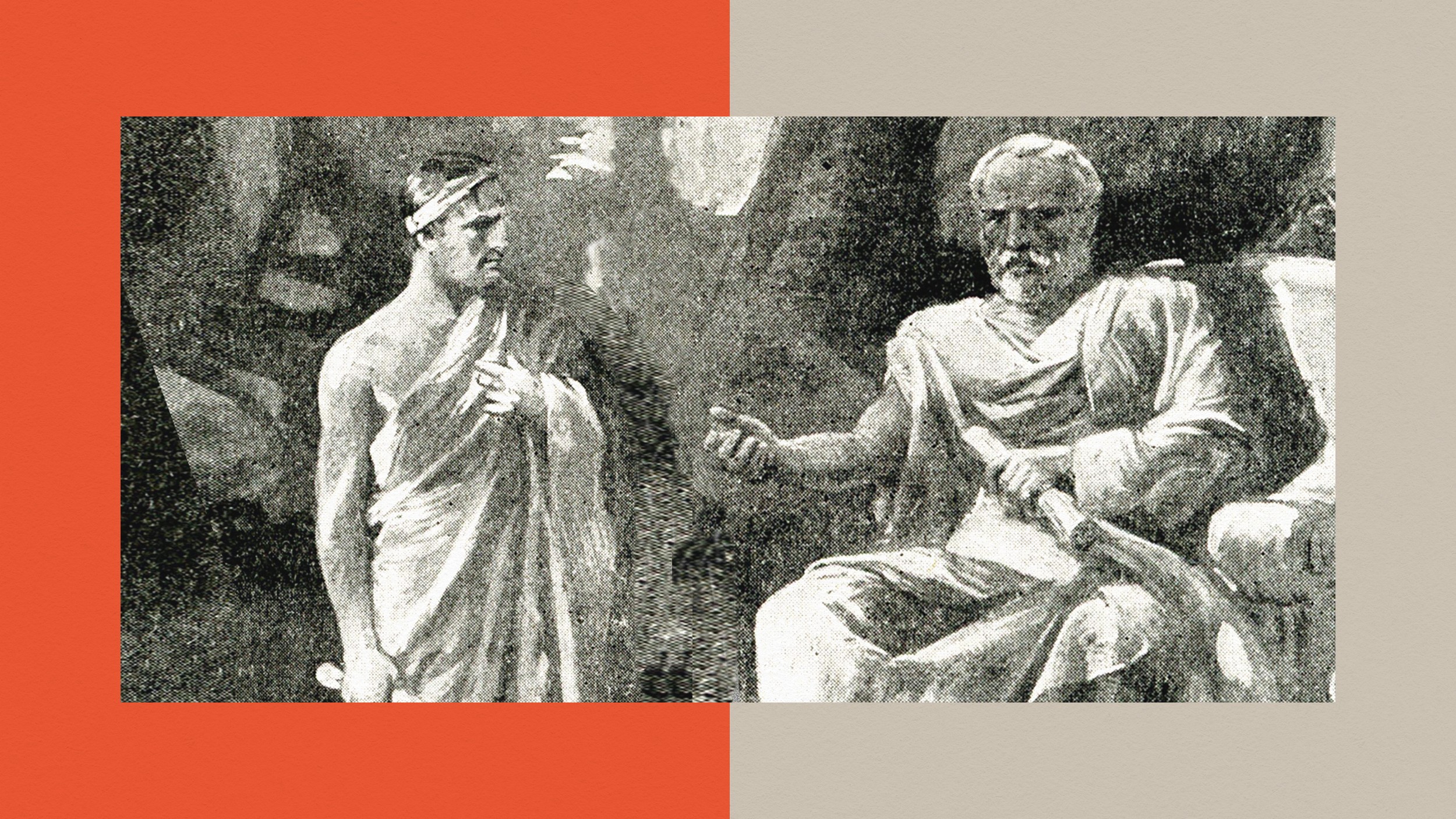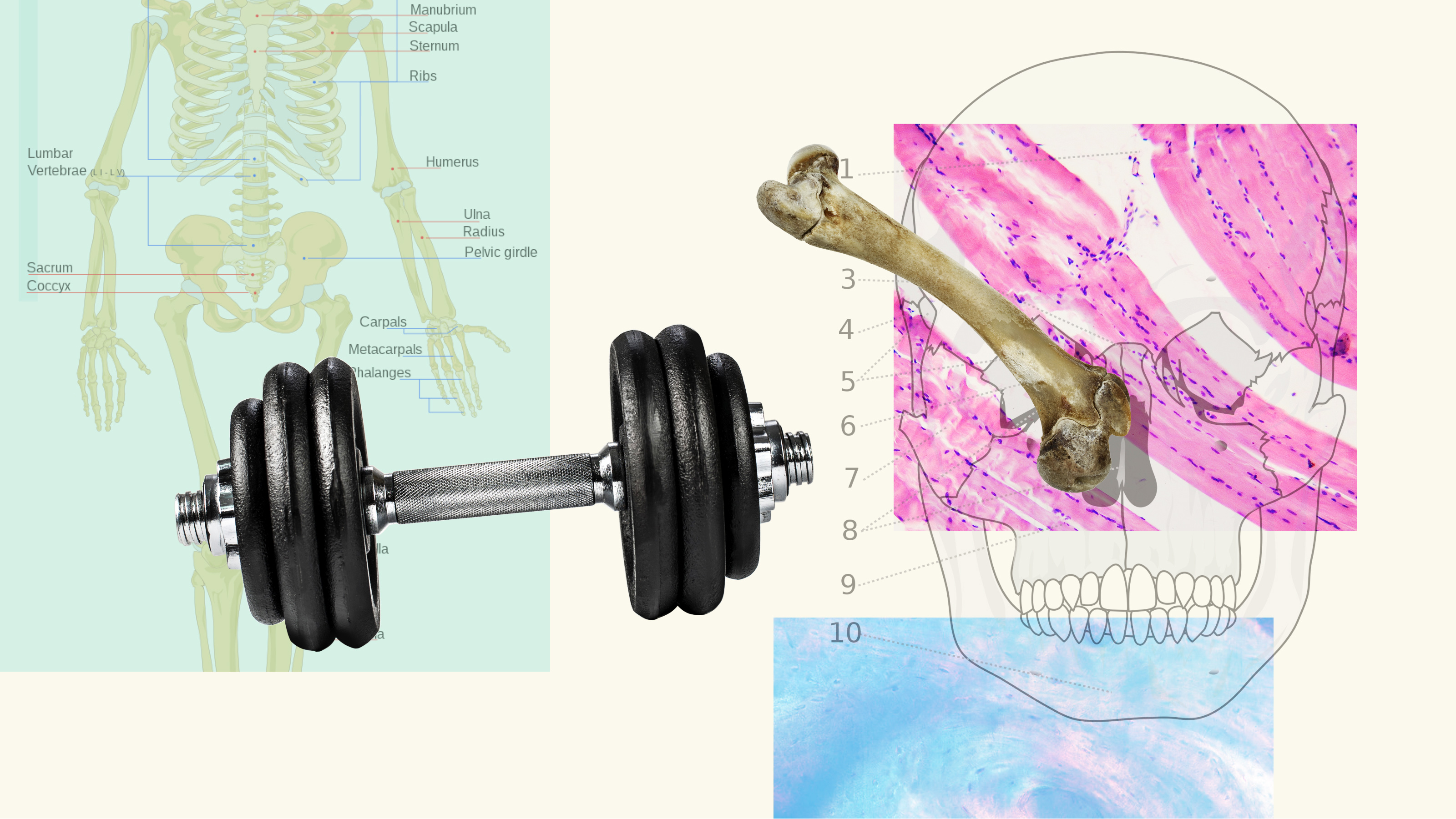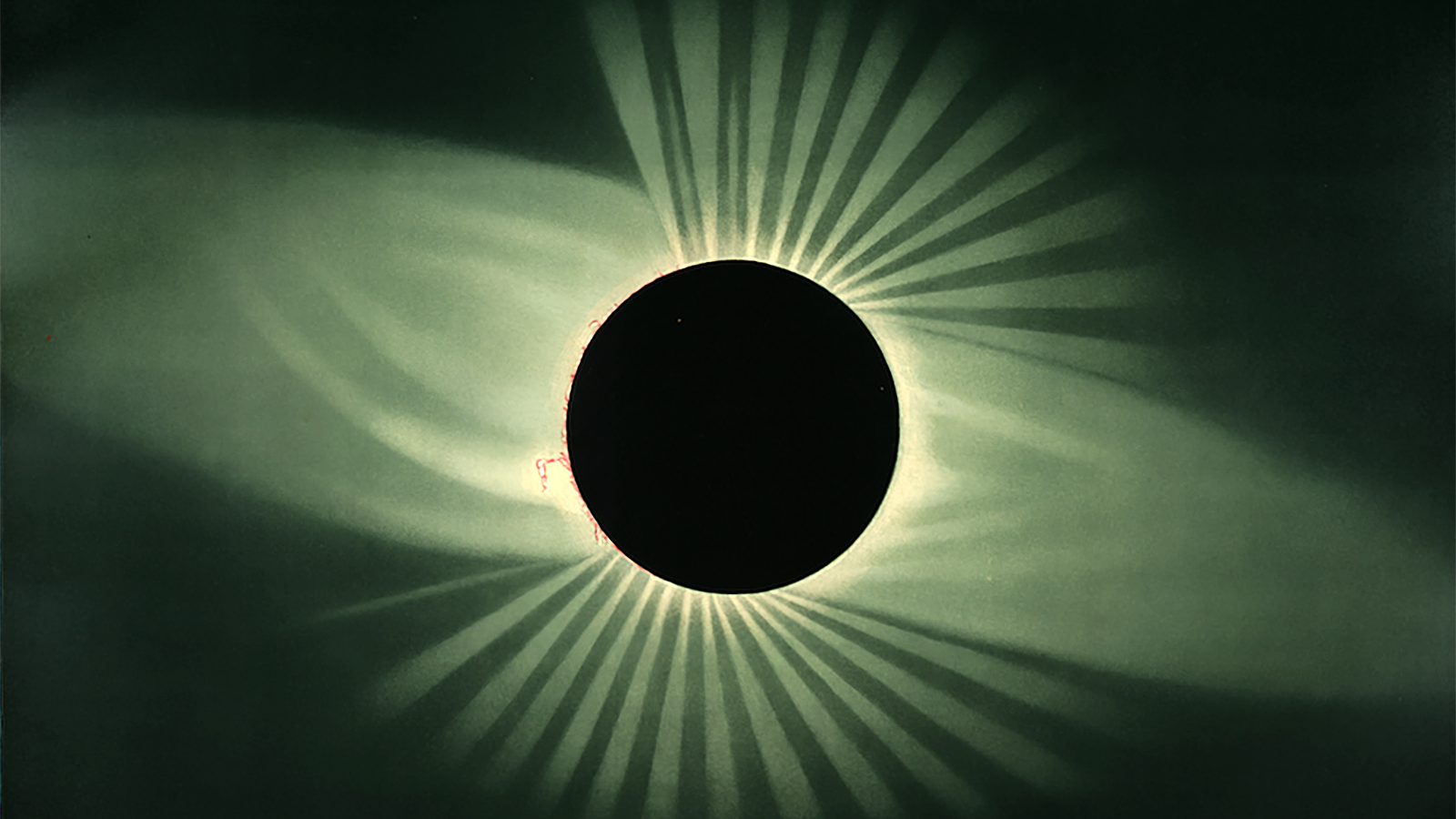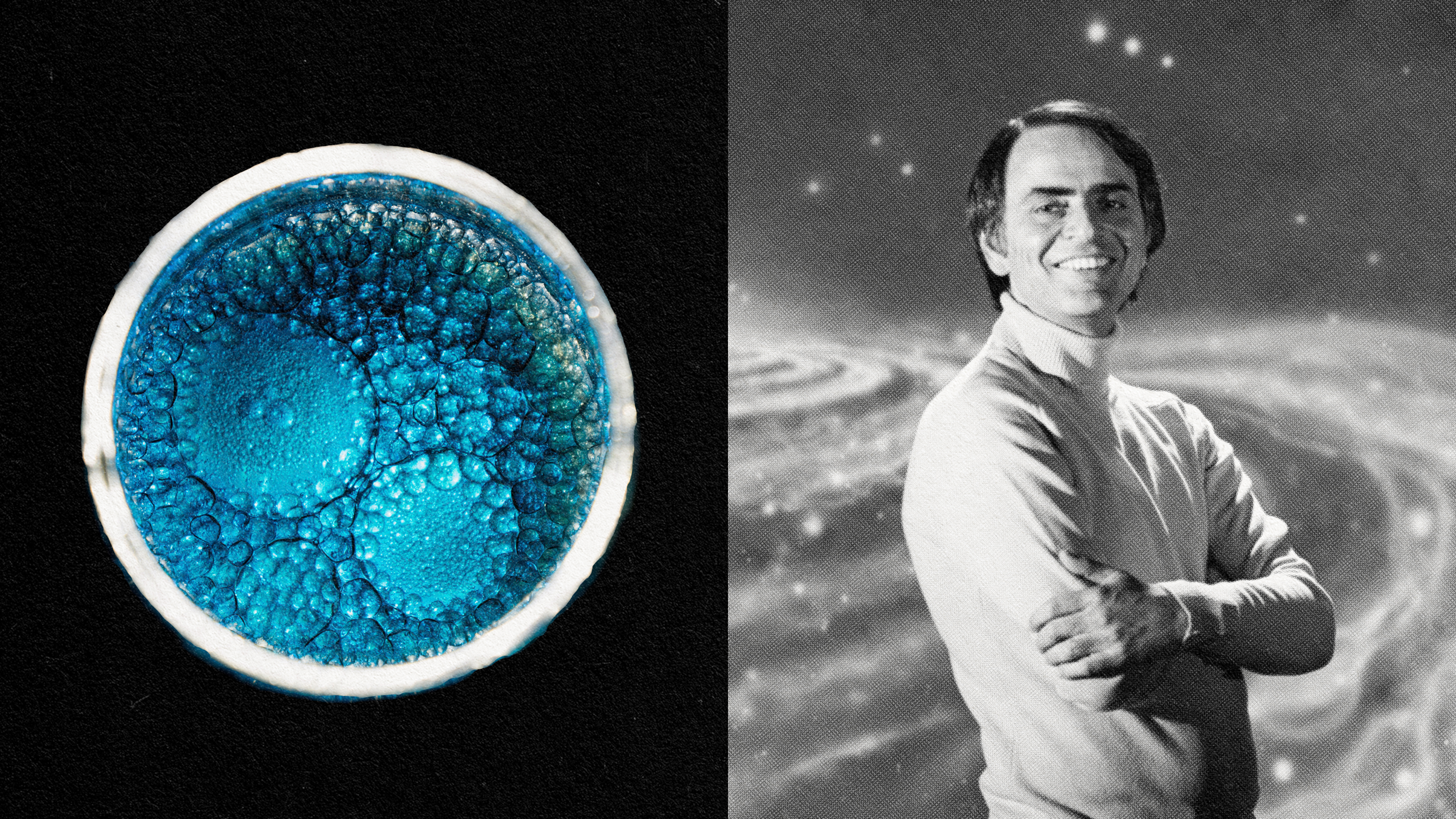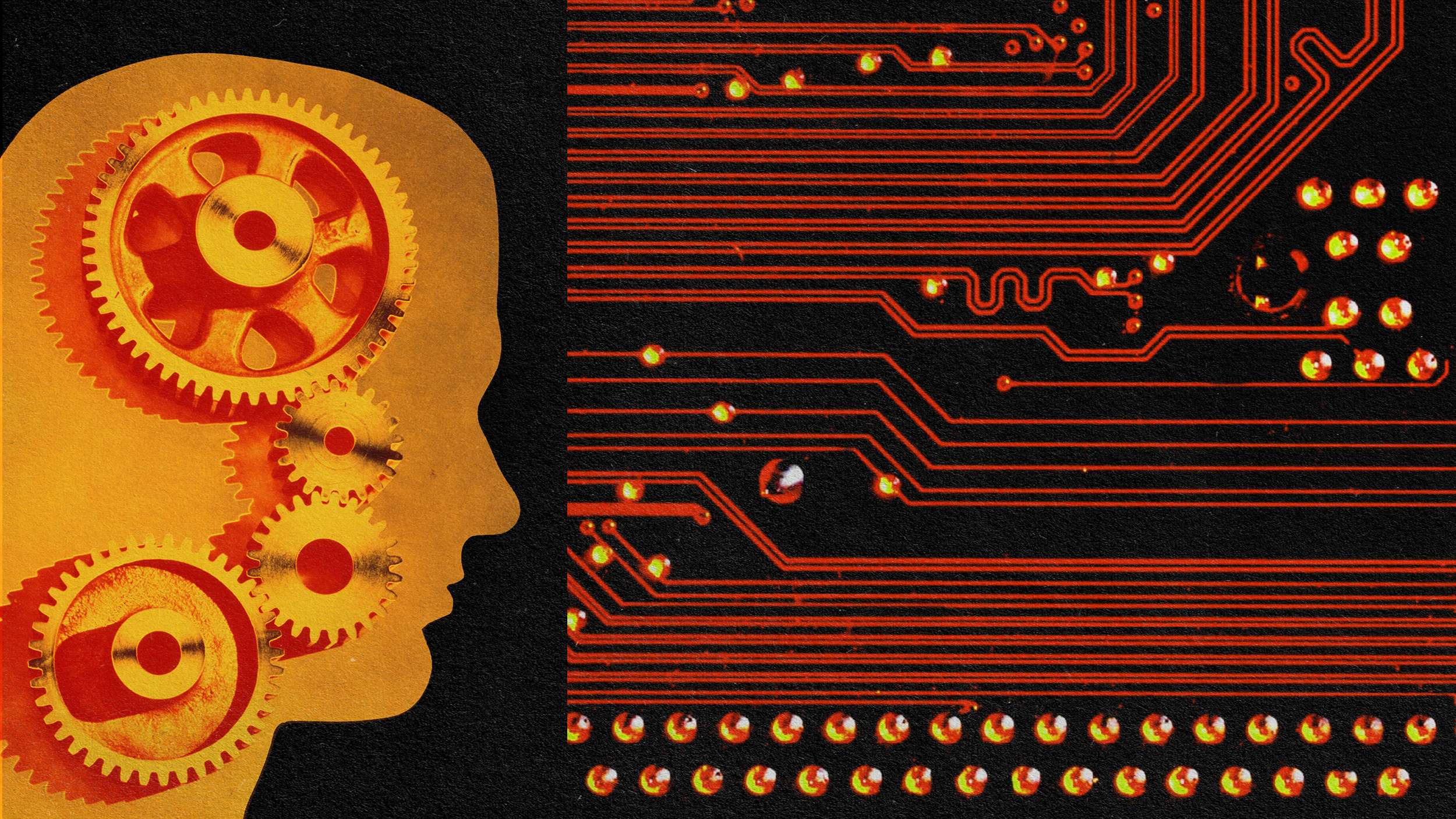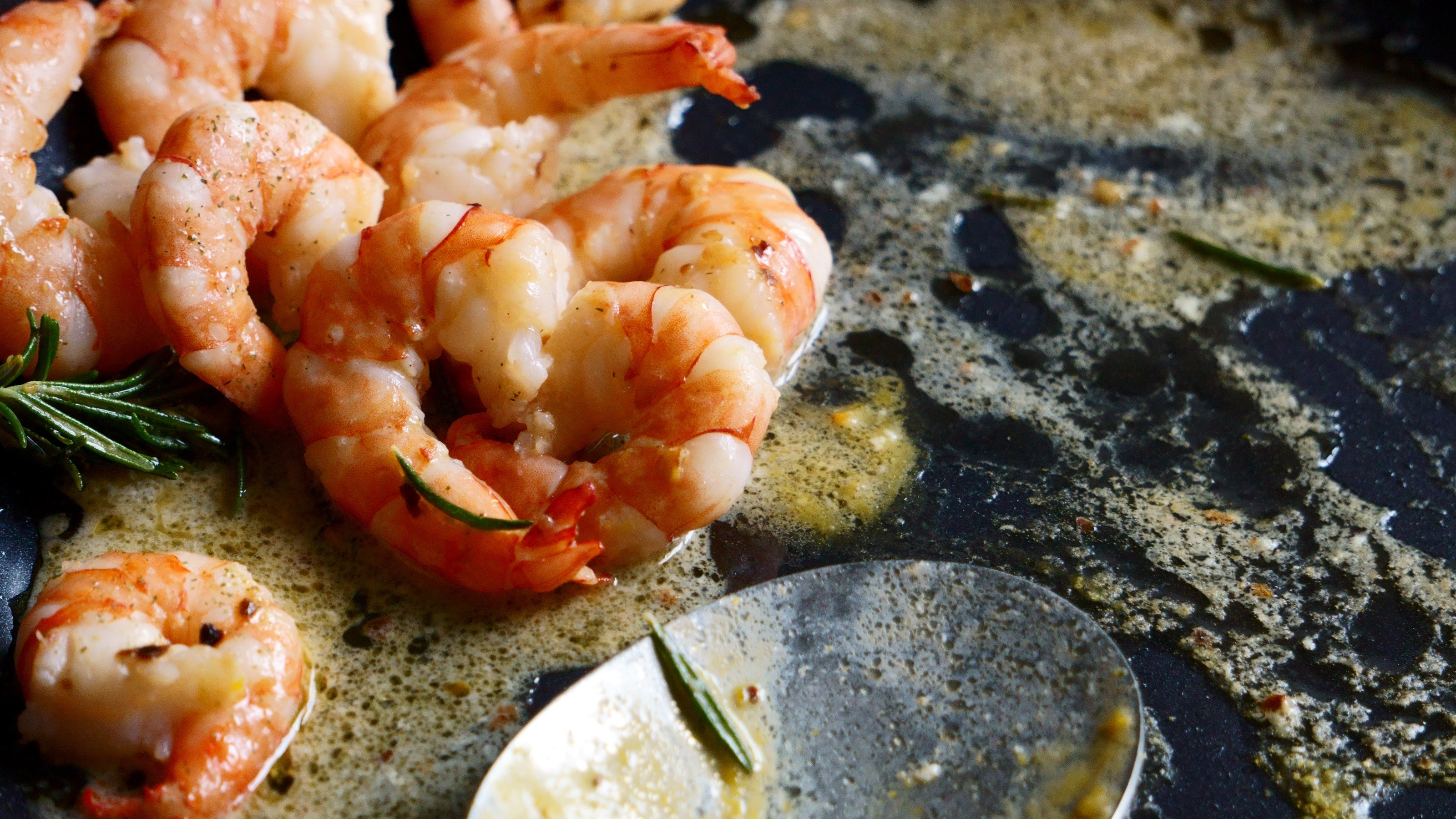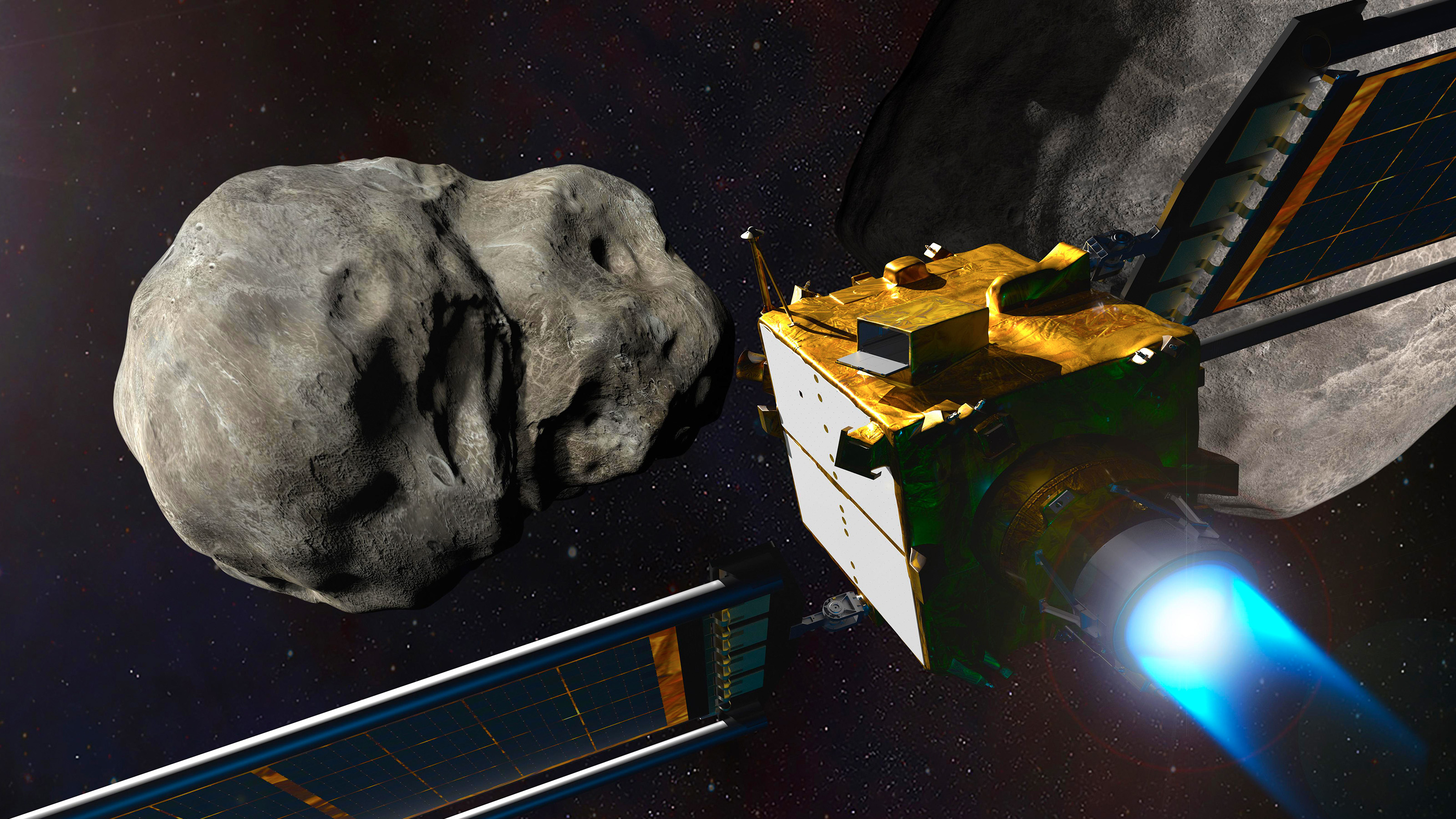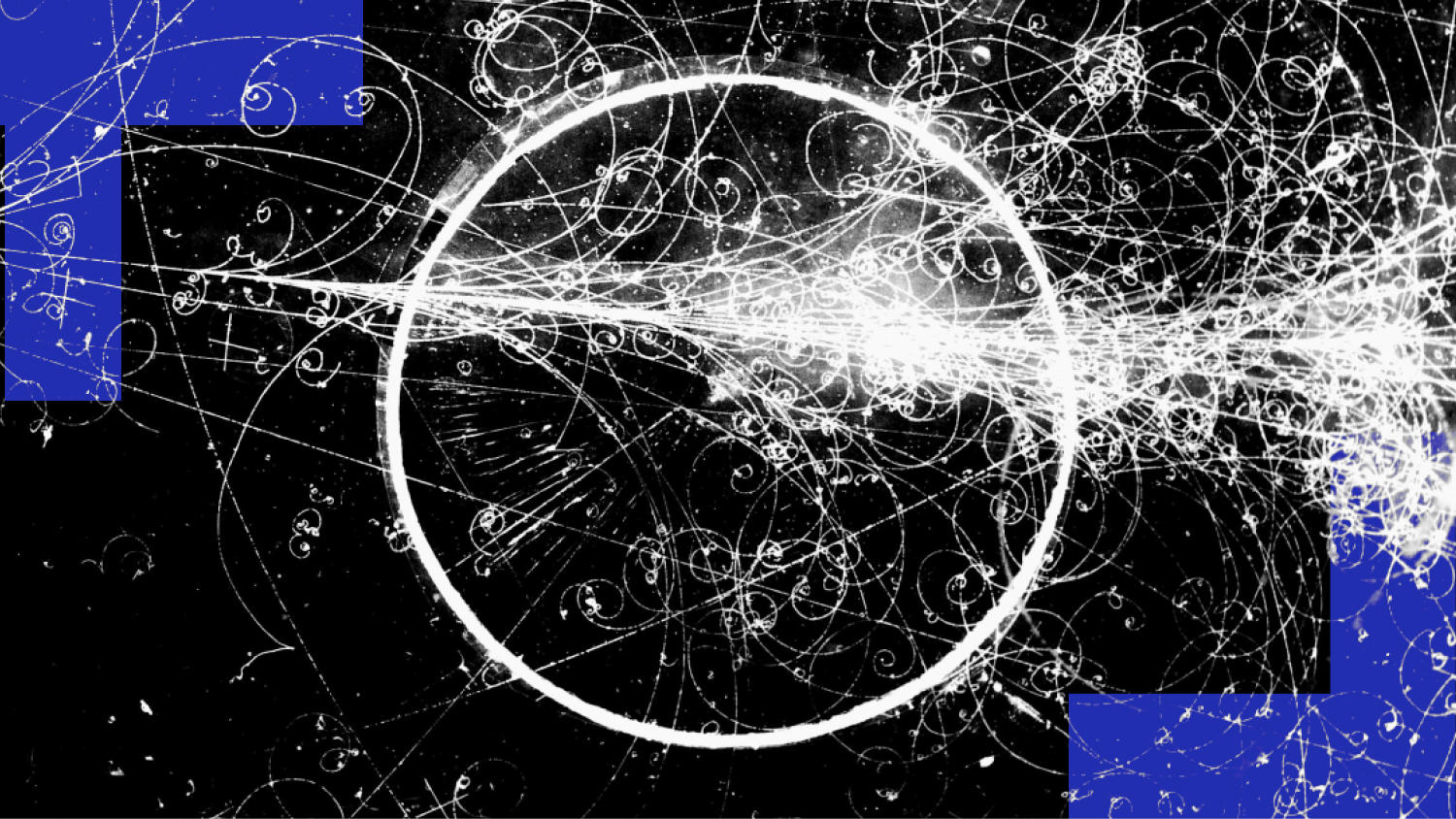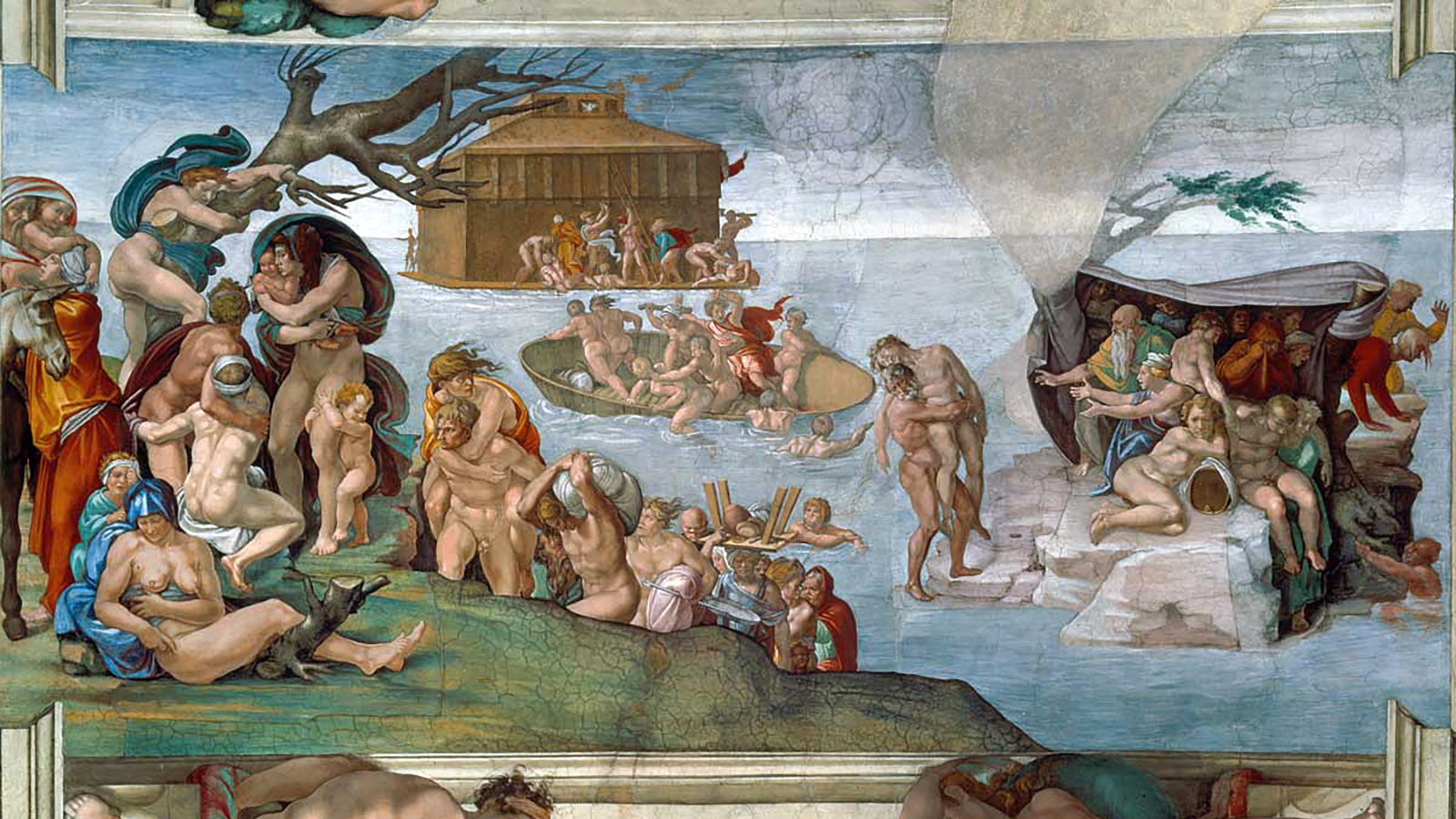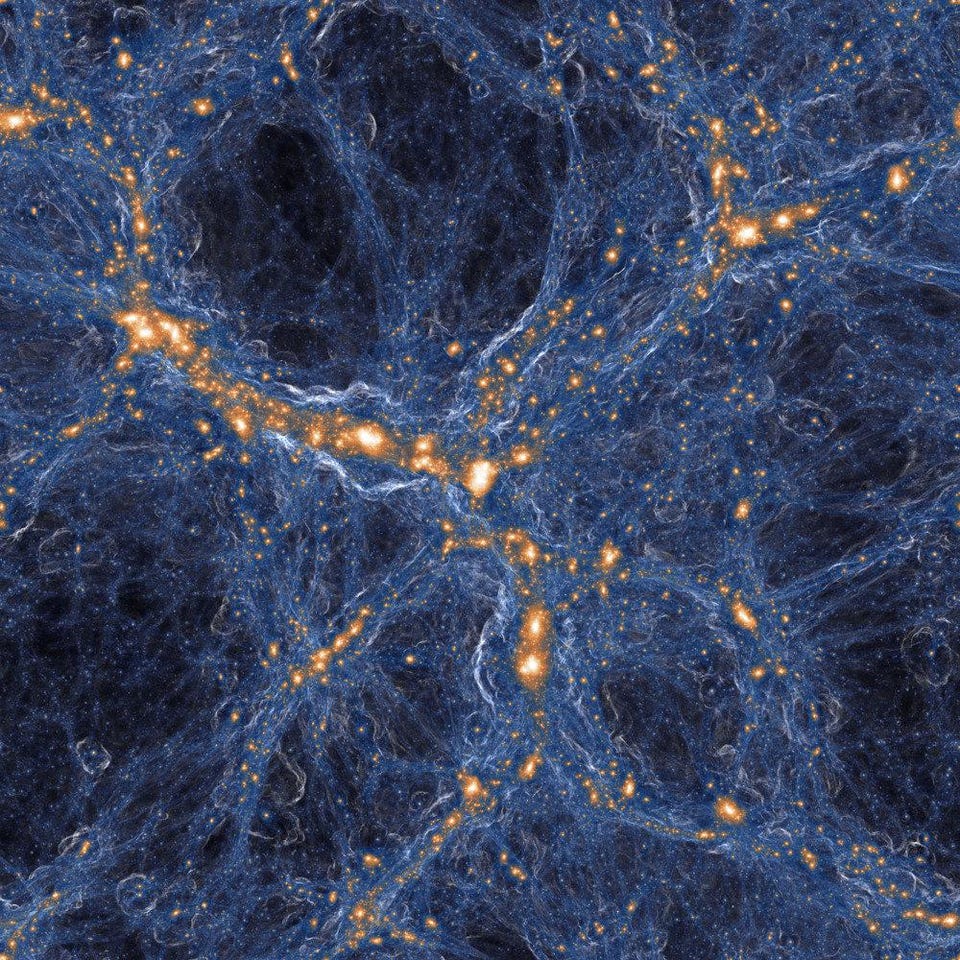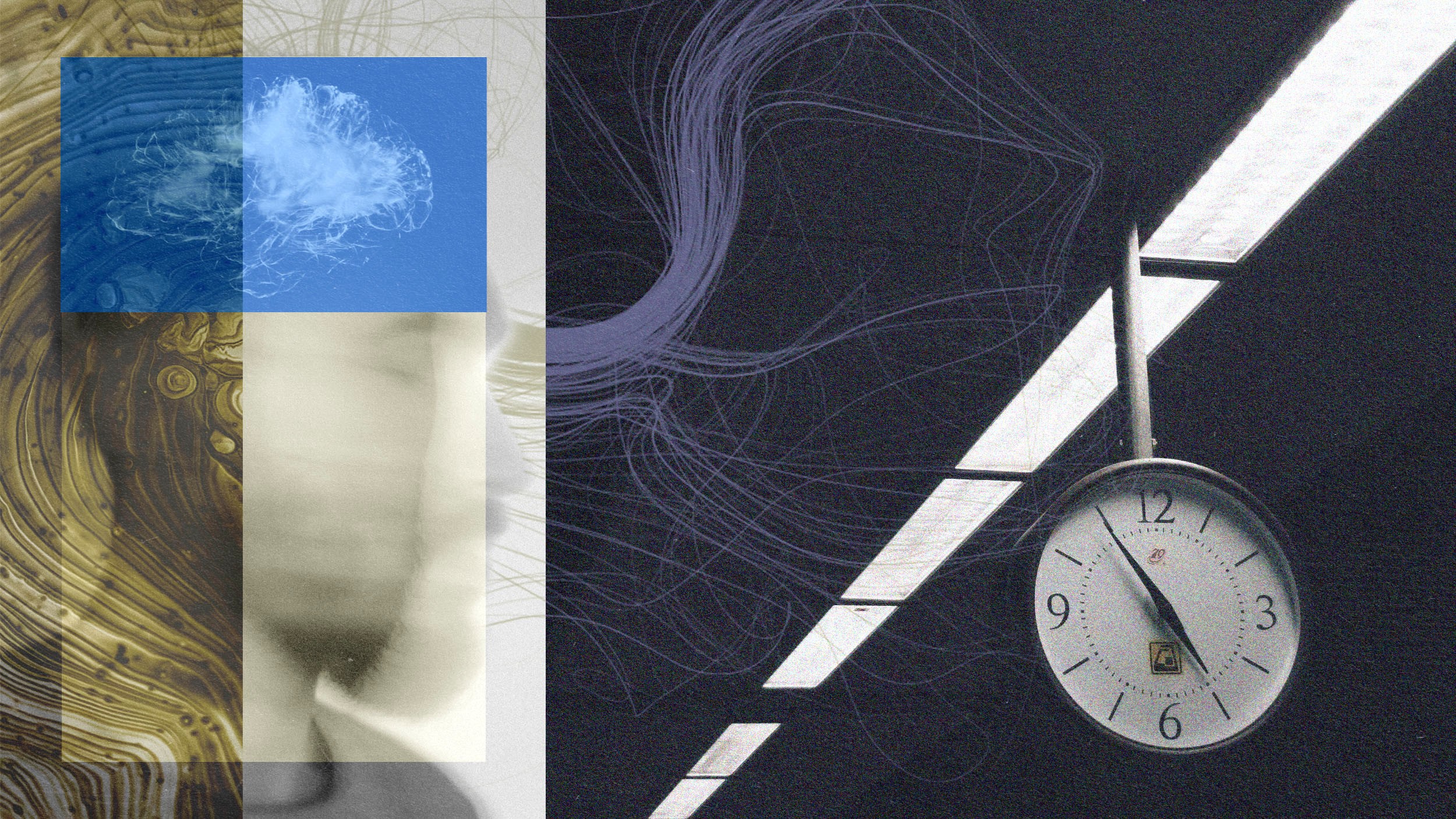Will “Sausage Party” survive the test of time?
Search Results
You searched for: Structure
Democratic freedom, rapturous religion, and newspapers created a hotbed for social experimentation in 19th-century America.
A philosophy of birth can offset the prevailing narrative around extinction and mortality.
“Feedback is a gift,” is an easy bumper sticker to apply, but a harder philosophy to put into execution in your real life.
Does it have a deeper significance — or is it just a number?
Being a good leader requires emotional capital, which is one reason why many bosses are so bad at it.
Nevada has the fewest number of native-born citizens.
Yorkicystis lived during the “Cambrian explosion,” 539 million to 485 million years ago – hundreds of million years before the dinosaurs.
Like humans, stars die. The James Webb Space Telescope’s early images already give us a lot of information about how this happens.
To Fred Hoyle, the Big Bang was nothing more than a creationist myth. 75 years later, it’s cemented as the beginning of our Universe.
Happiness is not a five-star holiday. It’s often the result of struggle — and asking for help, as author Stephanie Harrison recently told Big Think.
Architect and brand innovator Kevin Ervin Kelley sounds the alarm for workplace culture — and argues for a “big bang” collision of forms and shapes.
There are four money personality types. Which are you?
For nearly 25 years, we thought we knew how the Universe would end. Now, new measurements point to a profoundly different conclusion.
A reader asks whether we have an ethical responsibility to always debate bad beliefs, especially those that come from our elders.
We also don’t know how Tylenol works. But it does work.
Having a “buff” skeleton prevents infirmity in old age.
Science will lead us to a universal morality and a cosmic religion.
In polarized times, our shared cellular origin can unite us in solidarity and awe — from the embryonic scale to the grandest cosmic perspective.
Artificial general intelligence will not arise in systems that only passively receive data. They need to be able to act back on the world.
Scientists turn to nature to improve a ubiquitous building material.
There are three kinds of memory that all work together to shape your reality. Neuroscientist André Fenton explains.
▸
6 min
—
with
In the early stages of the hot Big Bang, matter and antimatter were (almost) balanced. After a brief while, matter won out. Here’s how.
Despite the claims of speed reading apps, it turns out that you actually have to read the book if you want to learn from it.
Could the prevalence of flood myths around the world tell us something about early human migration or even the way our brains work?
On the largest scales, galaxies don’t simply clump together, but form superclusters. Too bad they don’t remain bound together.
Research suggests you can influence your sense of time by changing the “embodiedness” of your daily habits.
We don’t know when or how music was originally invented, but we can now track its evolution across space and time thanks to the Global Jukebox.

